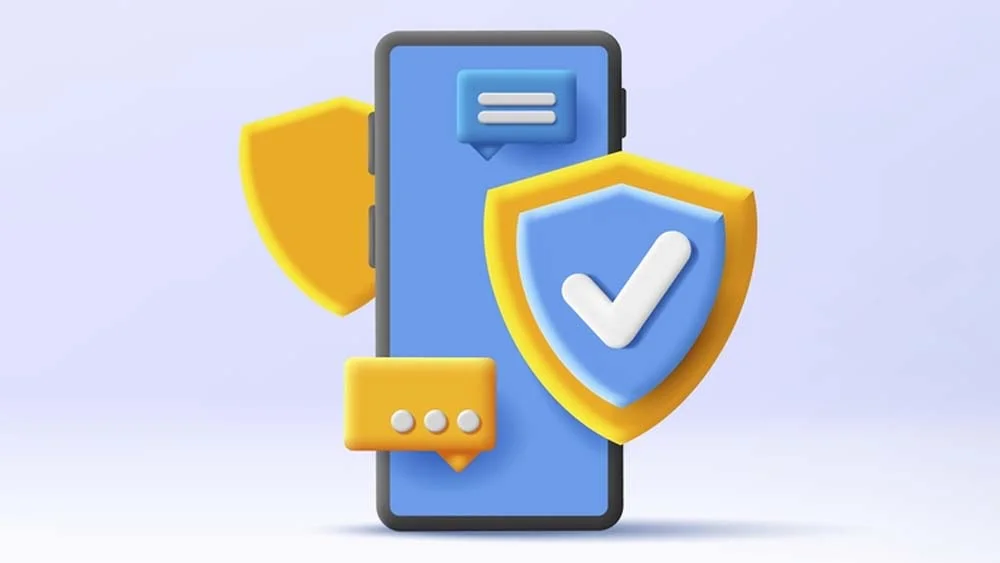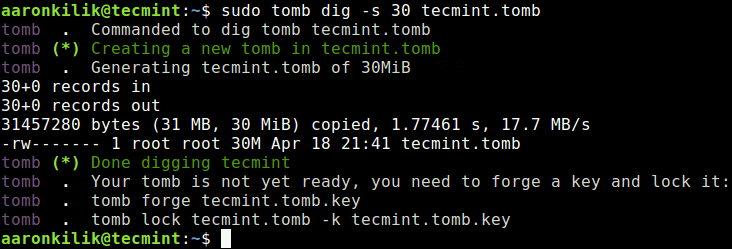Real-time communication apps thrive on seamless interactions. But, do you know what keeps those interactions secure? Pairing these platforms with strong browsing tools enhances message confidentiality. Imagine the risks of public Wi-Fi, compared to secured paths, it’s like choosing between shouting secrets in a crowded room or whispering them through a locked door. This article explores how enhanced links can be achieved by using protective services and browsing tools together with communication apps.
Public Wi-Fi is convenient but fraught with risks, especially for communication apps. Unsecured networks act as open gates, allowing cybercriminals to intercept data. This interception can lead to unauthorized access and identity theft. Without encryption, sensitive information becomes vulnerable during transmission. When using real-time communication apps on public Wi-Fi, users risk exposure to man-in-the-middle attacks where hackers eavesdrop on conversations or alter messages.
A false sense of security often accompanies public network usage because they are readily accessible in places like cafes or airports. However, these locations lack robust security protocols. For anyone relying on these platforms professionally or personally, consider potential pitfalls and prioritize safety measures like secure browsing tools. Ensuring a safe internet connection significantly reduces vulnerabilities associated with free networks.
How VPNs Protect Data Transmission in Real-Time Apps
Contents
A VPN acts like a secure tunnel, shielding data as it moves across the internet. With ExpressVPN Chrome extension, this protection is heightened for real-time communication apps. It encrypts messages, making them indecipherable to outsiders. This encryption keeps conversations private and guards against potential cyber threats.
In public spaces where risks are higher, using a VPN ensures that transmitted information remains safe from unauthorized access or interception by encrypting each packet before sending it out into the digital world.
Think of your personal data as all the information you wouldn’t want freely available, like financial details or private conversations. It’s not just Facebook posts, but everything from online banking credentials to sensitive emails.
Encryption works by converting this data into a code only authorized parties can read, much like speaking in a language that only certain people understand. This way, even if someone intercepts your messages, they can’t make sense of them without the decryption key.
Examples of Secure Communication Enhancements

Several real-time communication apps leverage secure browsing tools to protect user data effectively. For instance, WhatsApp uses end-to-end encryption to ensure that only communicating users can read the messages. This approach significantly enhances security and confidentiality.
Signal uses advanced encryption to protect your messages. This ensures that only the intended recipient can read them, much like passing a sealed letter instead of a postcard. Skype encrypts both text and voice calls, making it hard for eavesdroppers to listen in on conversations over secure networks. It’s like having a private room for every chat.
Zoom has strengthened its security features by adding more robust encryption and requiring passwords for meetings. These changes came after earlier vulnerabilities were exposed, akin to fortifying doors after discovering they weren’t locked tight enough. These updates show how communication platforms are embracing stronger security measures across the board.
Unencrypted Network Traffic Vulnerabilities
Using public Wi-Fi without encryption is like shouting your private details across a crowded room. Anyone with the right tools can eavesdrop on your conversations.
Cybercriminals target open networks because they’re easy pickings. They use software to intercept data packets sent over these connections, much like tapping into phone lines. Once they have access, they can see unprotected information being transmitted.
To safeguard against these threats, use secure browsing tools like VPNs or encrypted browsers. These create a private tunnel for your data that blocks prying eyes from seeing anything sensitive you send or receive while connected to public Wi-Fi.
In Conclusion
VPNs create a secure tunnel for your internet activity, masking your IP address and making it look like you’re browsing from another location. This hides what you’re doing online from prying eyes, much like putting on an invisibility cloak while moving through a crowded place.
Using these tools is about taking control over who sees which parts of your digital life. It’s not foolproof against every threat but significantly raises the bar for anyone trying to snoop on you or access your private information without permission.





